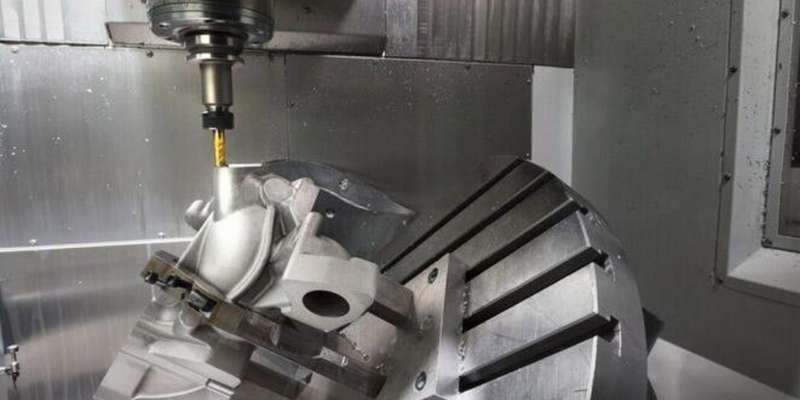- March 3, 2023
Multi-axis machining has become a dominant choice among CNC machine shops and manufacturers. The vast capabilities of CNC machines to create different high-quality products that meet ultra-precision requirements make them the preferred options of many professionals.
However, selecting the right machine type in multi-axis CNC machining is essential to ensure the best design possibilities, overall capabilities of the machining process, and costs. This article discusses multi-axis machining and its main types and advantages. Let’s dive in!
What is Multi-Axis Machining?
Multi-axis CNC machining is a process that allows the rotation/movement of the cutting tool in three or more different directions. Generally, Computer Numerical Control commands the movement of the cutting tool. Multi-axis machining is more complex due to the higher number of axes. The higher the number of axes of a CNC machine, the higher the required technology and programming complexities.
Any number of axes higher than 3 in a CNC machine is considered multi-axis machining. Practically, CNC machines now have as many as 12 axes. As a result, CNC mills with higher axis can create machined components with complex specifications.
Main Types of Multi-Axis Machining
There are several CNC machines with as high as three to twelve unique axes in varying planes. Here are the main types of multi-axis machine setups.
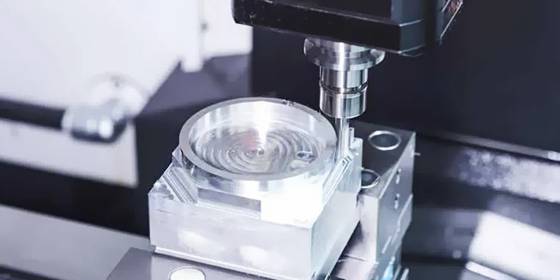
3-Axis Machining
A 3-axis CNC machining is the simplest multi-axis type. It usually has a fixed workpiece and a spindle that moves along three axes – X, Y, and Z. 3-axis CNC machining is the easiest choice for machining a workpiece on all six sides.
The 3-axis CNC mills possess one linear axis and two independent rotational axes. An electrical or mechanical linkage joins the three axes, allowing the rotation of the cutting tool along each axis.
The X-axis is parallel to the cutting tool, allowing the milling head to travel along and across the length of the workpiece. The Y-axis maintains a perpendicular position to the cutting tool, allowing the milling head to reach each end of the workpiece. Likewise, the Z-axis is perpendicular to the cutting tool while adjusting the Z-feed, allowing the cutting tool to cut along the surface of the workpiece.
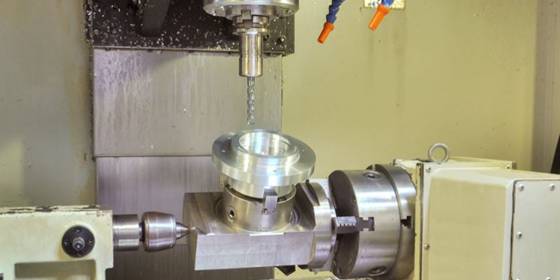
4-Axis Machining
4-axis CNC machining involves using computer numerical control mills with four axes to make three-dimensional workpieces. These CNC mills can move their tooling in four directions. They are more powerful and offer higher accuracies than 3- and 2-axis machines.
The increased accuracy in 4-axis machines is due to the movements of the fourth axis. It allows movements around the vertical axis, giving the machines a 360-dynamic range of motion without any special fixtures.
The additional axe on the 4-axis mill makes it a more economical option than a 3-axis CNC mill. In addition, 4-axis milling offers better overall quality than 3-axis milling because it can machine four sides at once without the need for repositioning the workpiece. As a result, the process avoids cases of likely human errors.
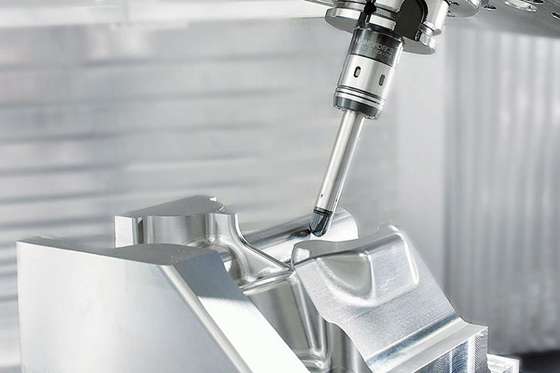
5-Axis Machining
5-axis machining is a versatile and popular multi-axis subtractive manufacturing method. It involves using machines with five axes to cut a stock material to a desired shape. It would help to note that the number of axes in a machine often determines the tool’s and table’s direction in machining.
However, 5-axis CNC machining possesses a considerable edge over 3-axis machining due to its higher number of axes and capabilities. The 5-axis machines allow rotation in two planes coupled with the ability of the cutting tools to move in three directions. More so, 5-axis CNC mills can handle highly complex tasks without errors.
A 5-axis machine uses these three linear axes and two extra axes –A and B. The A-axis indicates the rotary axis along the X-axis, while the B-axis indicates the rotation/movement around the Y-axis. However, there are cases where the machine moves to the C-axis instead of the B-axis. The C-axis indicates the rotation along the Z-axis.
Advantages of Multi-Axis Machining
CNC machine shops and businesses benefit from the vast array of benefits that multi-axis machining offers, making it the ideal process for several applications. Here are some of these advantages:
1. Reduced Labor Costs and Production Time
Multi-axis machines are advanced machines using computer numerical control. It is an automated machining process that reduces labor costs as there is little or no operator involvement in the machining operations.
Multi-axis machining doesn’t require manual work like re-fixturing. So, you can machine parts much faster without continuously changing setups. You can also make parts with intricate designs more quickly, optimizing your product’s time to market.
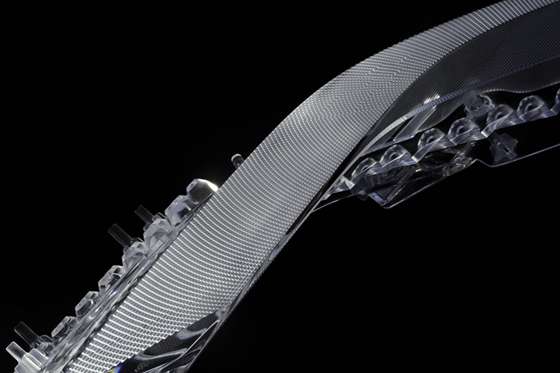
2. High-Quality Surface Finish
The cutting tools of multi-axis machines are usually shorter and have high maneuverability, allowing proximity of these tools with the surface being cut. Hence, it reduces vibration or machining chatter when these CNC cutting tools move at high speeds. The machined parts will get superior surface finishes.
3. Higher Part Accuracy
Higher accuracy of machined parts is another benefit of multi-axis machining due to its high range of movement. These CNC mills help to create complex parts or cut any surface in one setup. As a result, it reduces the needed number of processes and equipment to produce a part while ensuring increased geometrical accuracy. Likewise, it eliminates human elements that could cause machining errors.
4. Increased Lifespan of Tools
Traditional machines use cutting tools to cut a workpiece material that often wears out quickly, resulting in delayed production cycle time and low accuracy. However, multi-axis CNC mills’ cutting tool does not wear out quickly due to the consistent tilting of the tool or table for a perfect cutting angle.
Moreover, you can program the multi-axis machines to cut with different sides of each blade to ensure the longevity of the cutting tool.
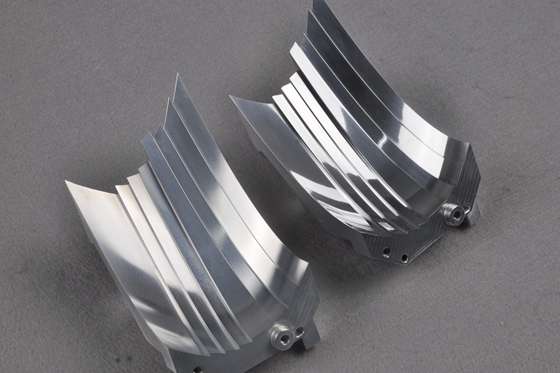
5. Production of Complex Shapes
The multi-axis machines allow manufacturers to machine complex angles and arcs smoothly due to the additional movements/axes. Machinists must use special fixtures and machinist vise to build sophisticated patterns for traditional 3-axis machines. However, multi-axis machines help to make the production of intricate designs more economical.
What Differences Between 3, 4, and 5-Axis CNC Machining?
Understanding the challenges and considerations of different multi-axis CNC machining is imperative. It helps to maintain an equilibrium between factors such as costs, product quality, and time.
When comparing the 3, 4, and 5-axis machining capabilities, 5-axis CNC machining is not always suitable for all products despite being more effective than 4-axis CNC machining and 3-axis CNC machining.
Also, Not all products eligible for 3-axis machining are ideal for 5-axis machining. However, if a product processed with 3-axis machining is suitable for 5-axis machining, its production costs will increase astronomically.
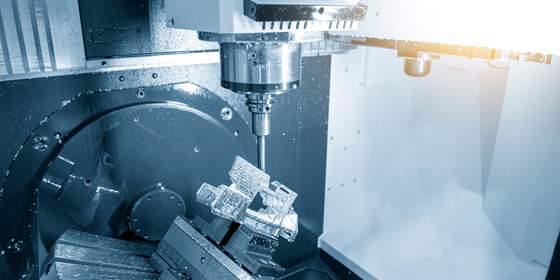
Understanding the differences between these machining processes helps to ensure that you choose the suitable machine for your product without compromising the essential parameters. Here are the differences between these multi-axis machining.
1. Accuracy and Precision
High accuracy and low tolerances are some of the primary properties of CNC machining. Although 3-axis CNC machining has good precision, there are likely chances of errors because of the continuous repositioning of the workpiece. However, this margin of error is insignificant for most applications. Nonetheless, the slightest deviation can lead to complications for sensitive aerospace applications.
Meanwhile, 4- and 5-axis machines do not require repositioning; hence, they usually don’t have deviation errors as 3-axis machining. These 4- and 5-axis CNC machines can add features to a workpiece on multiple planes/positions with a single fixture. However, consistent repositioning in 3-axis machining is a factor that affects machining deviation.
2. Working Principles
All CNC machining has the same working principle. The Computer Numerically Controlled cutting tool rotates around the workpiece material to make desired cuts. Also, G-Codes or M-Codes command the movement of the cutting tool of CNC machines relative to the workpiece.
However, the ability to rotate about different planes indicates the differences between the 3-, 4-, and 5-axis machines. Both 5-axis and 4-axis CNC machines allow rotation/movement along another axis, allowing the machining of products with complex shapes and geometry.
3. Applications
A product’s requirements or design complexities rather than the industry determine the ideal multi-axis machining for a product. As a result, you can create a simple aerospace component using a 3-axis machine. However, developing complex components for other sectors may be done using a 4- or 5-axis CNC mill.
4. Costs
Costs are another primary parameter in the differences between 3-axis, 4-axis, and 5-axis machining. Generally, the 3-axis machine is the most economical option to purchase and maintain. Nevertheless, factors such as the availability of machine operators and fixtures often affect the cost of operating the 3-axis machines in a workshop.
Meanwhile, 4- and 5-axis machines are advanced and offer enhanced capabilities, making them relatively expensive. However, their vast capabilities make them a perfect choice for unique conditions.
Get Multi-Axis Machining Services at WayKen
If your machining projects require you to outsource your manufacturing project, WayKen is the ideal CNC machine shop to get reliable multi-axis machining services. We have sophisticated multi-axis machines capable of handling all your project requirements.
More importantly, we have an in-house shop of experienced professionals ready to guide you all the steps of the way. This helps to prevent likely complications or errors in the programming, production, or post-production phase. We also can meet supply chain demands due to our professional CNC milling services. Contact us today, and let’s talk about your next project!
FAQs
How is multi-axis CNC machining better than manual machining?
The multi-axis CNC machining has the edge over manual machining in areas such as accuracy and precision, production speed, costs, and efficiency. Also, CNC machining has a lower scrape rate compared to manual machining.
How is the 5-axis machine better than the 3-axis machine?
5-axis machining, compared to 3-axis machining, offers greater precision, higher accuracy, extensive design flexibility, and faster lead times.

